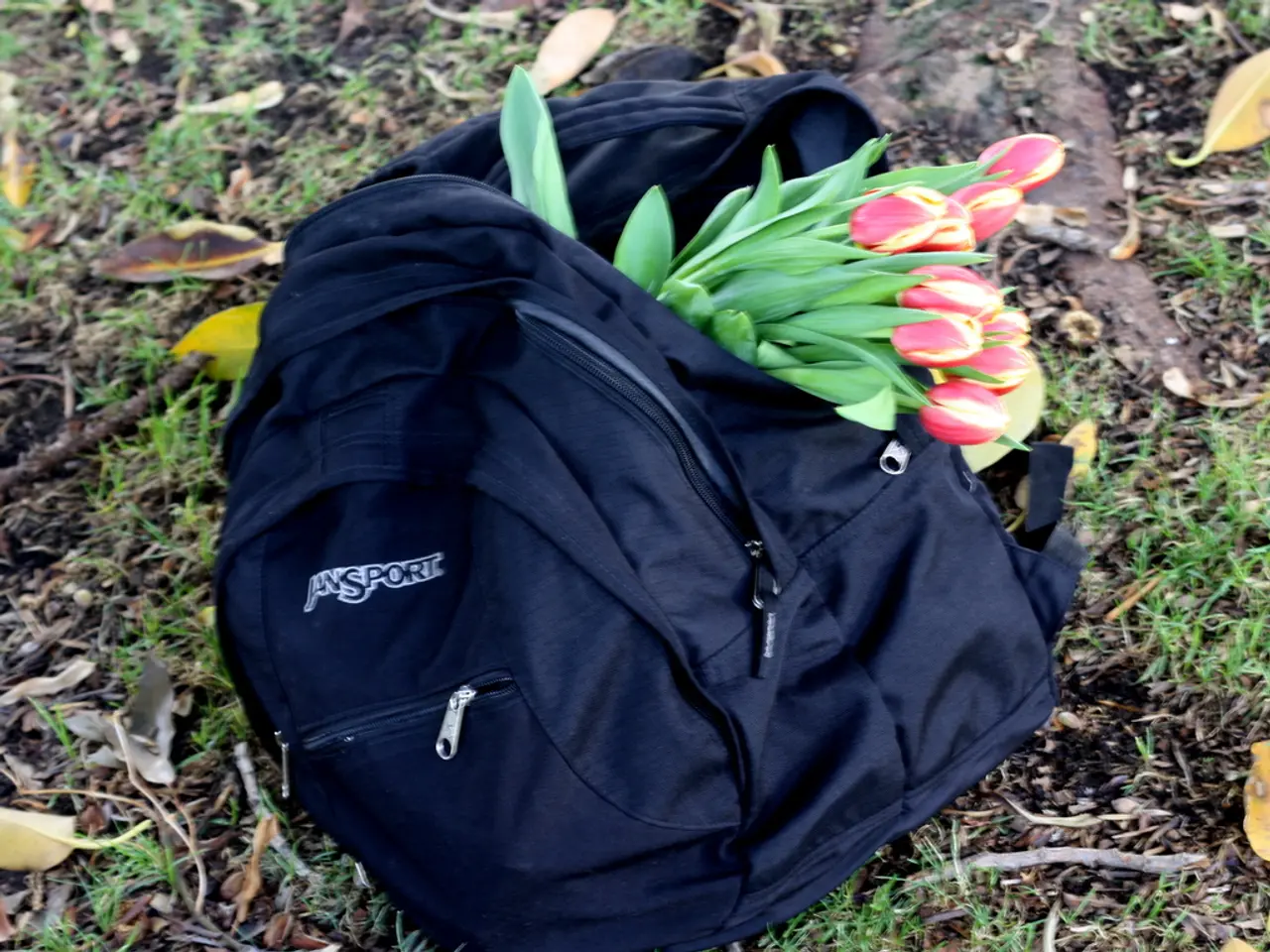The Superiority of Grow Bags Over Traditional Plastic Planters
Fabric pots, made from a breathable material like double-layer polypropylene, are becoming increasingly popular for both indoor and outdoor gardening. These pots offer several advantages over traditional plastic planters, primarily due to their air-permeable nature.
Firstly, fabric pots promote air pruning, a process where roots that reach the edge of the pot are naturally pruned by exposure to air. This prevents roots from becoming rootbound and encourages a healthier and more fibrous root system capable of better nutrient and water absorption. As a result, plants grown in fabric pots tend to be stronger and more resilient.
Secondly, fabric grow bags provide excellent drainage. Their porous nature prevents the accumulation of excess water at the bottom, reducing the risk of root rot and other diseases caused by waterlogging. They also help keep the root zone cooler in summer compared to plastic containers, as the breathable fabric dissipates heat more effectively.
Other practical benefits include easier handling and transplanting since grow bags are lightweight and flexible. However, because of their high drainage and air flow, they may require more attentive watering than plastic pots.
Fabric grow bags are beneficial for indoor gardening, especially when using ebb-and-flow systems, as they allow oxygenation of plant roots and minimize clogging of tubes and components. They are also perfect for balcony or urban gardens due to their space-saving design.
High-quality fabric planters can withstand climate changes and extreme heat without cracking, unlike clay pots. Some fabric planter bags are UV-protected to prevent breaking apart during extended exposure to the sun.
Fabric pots are available in two types: fabric grow bags for growing seedlings or young plants and fabric planters for fully-grown plants. They are reusable and best used for growing most types of vegetables like tomatoes, cucumbers, hot or sweet chili peppers, and green beans.
The soil and grow bags can be reused for 2 to 3 growing seasons, and can be stored by removing the potting soil, washing, and drying the bags completely. Fabric planter bags retain the ideal root zone, keeping the soil moist and cool, which allows roots to become healthy and resilient.
In summary, fabric pots offer numerous benefits for gardeners. They promote soil and root oxygenation, which keeps the temperature low, enhances the breathability of the root system's living environment, and allows beneficial microbes to thrive. They also protect fragile root systems from diseases, pests, and harsh weather conditions. With their reusable and portable design, fabric pots are an excellent choice for both indoor and outdoor gardening.
[1] "Fabric Pots for Growing Plants" - Gardening Know How. (n.d.). Retrieved from https://www.gardeningknowhow.com/garden-how-to/containers/fabric-pots-for-growing-plants.htm [2] "Pros and Cons of Fabric Pots" - The Spruce. (2021). Retrieved from https://www.thespruce.com/pros-and-cons-of-fabric-pots-2132912 [3] "Fabric Pots vs Plastic Pots" - The Kitchn. (2019). Retrieved from https://www.thekitchn.com/fabric-pots-vs-plastic-pots-whats-the-difference-26369437 [4] "Fabric Pots for Indoor Plants" - The Sill. (n.d.). Retrieved from https://www.thesill.com/learn/fabric-pots-for-indoor-plants/
- For those interested in expanding their home-and-garden lifestyle, fabric pots are an excellent choice for both indoor and outdoor gardening, providing benefits such as air pruning, excellent drainage, and a space-saving design that makes them perfect for balcony or urban gardens.
- When planning a home-and-garden makeover, incorporating fabric pots into your gardening routine can lead to a healthier and more resilient lifestyle, as these pots promote soil and root oxygenation, protect delicate root systems, and enable optimal growth for most types of vegetables.




